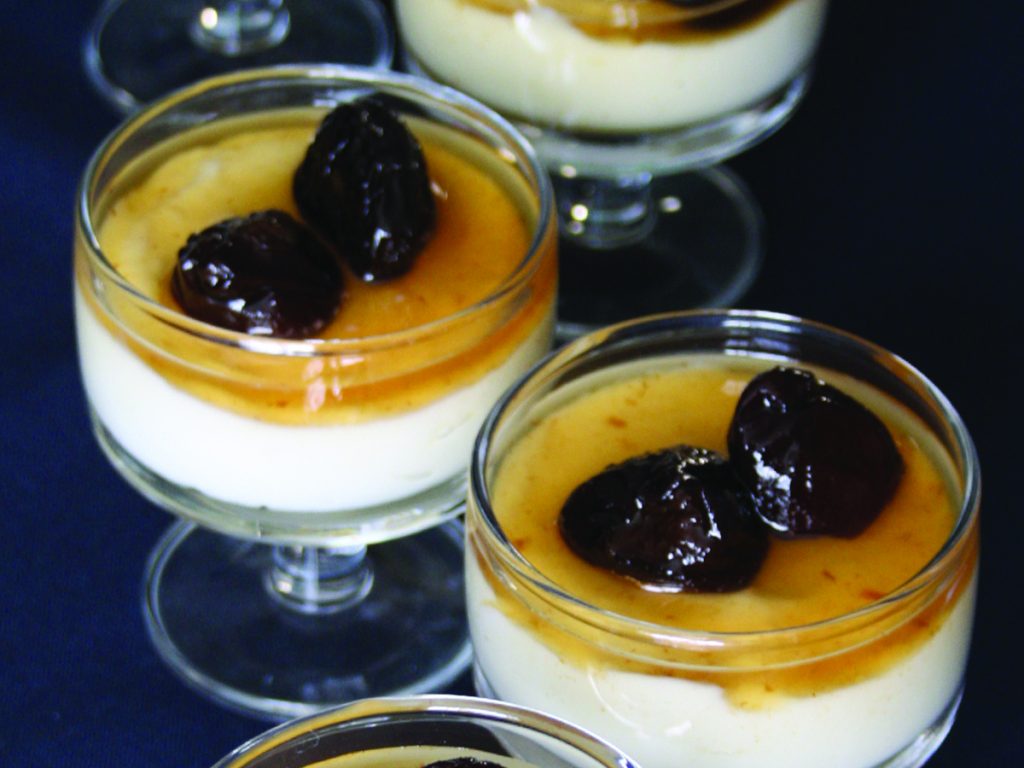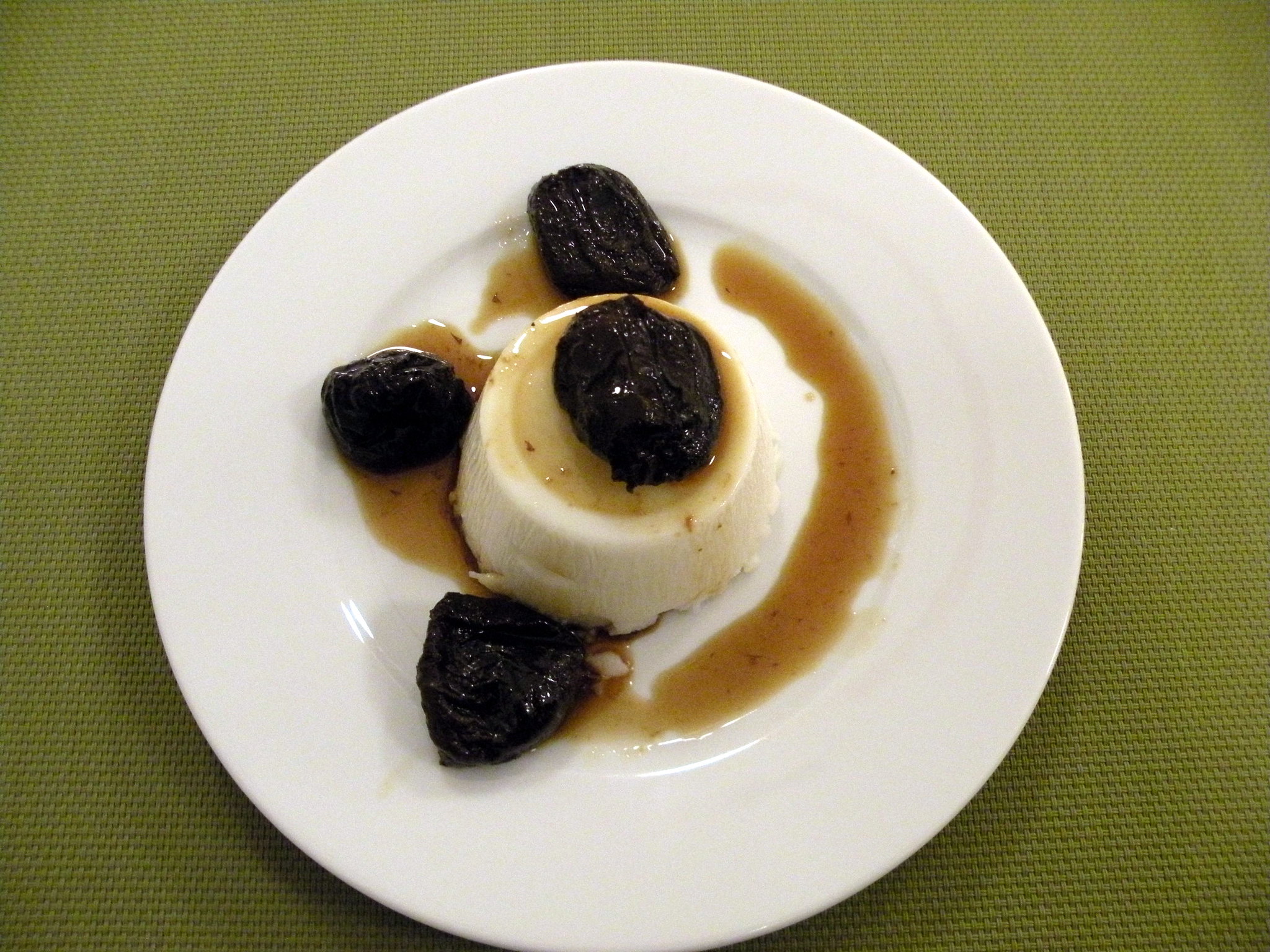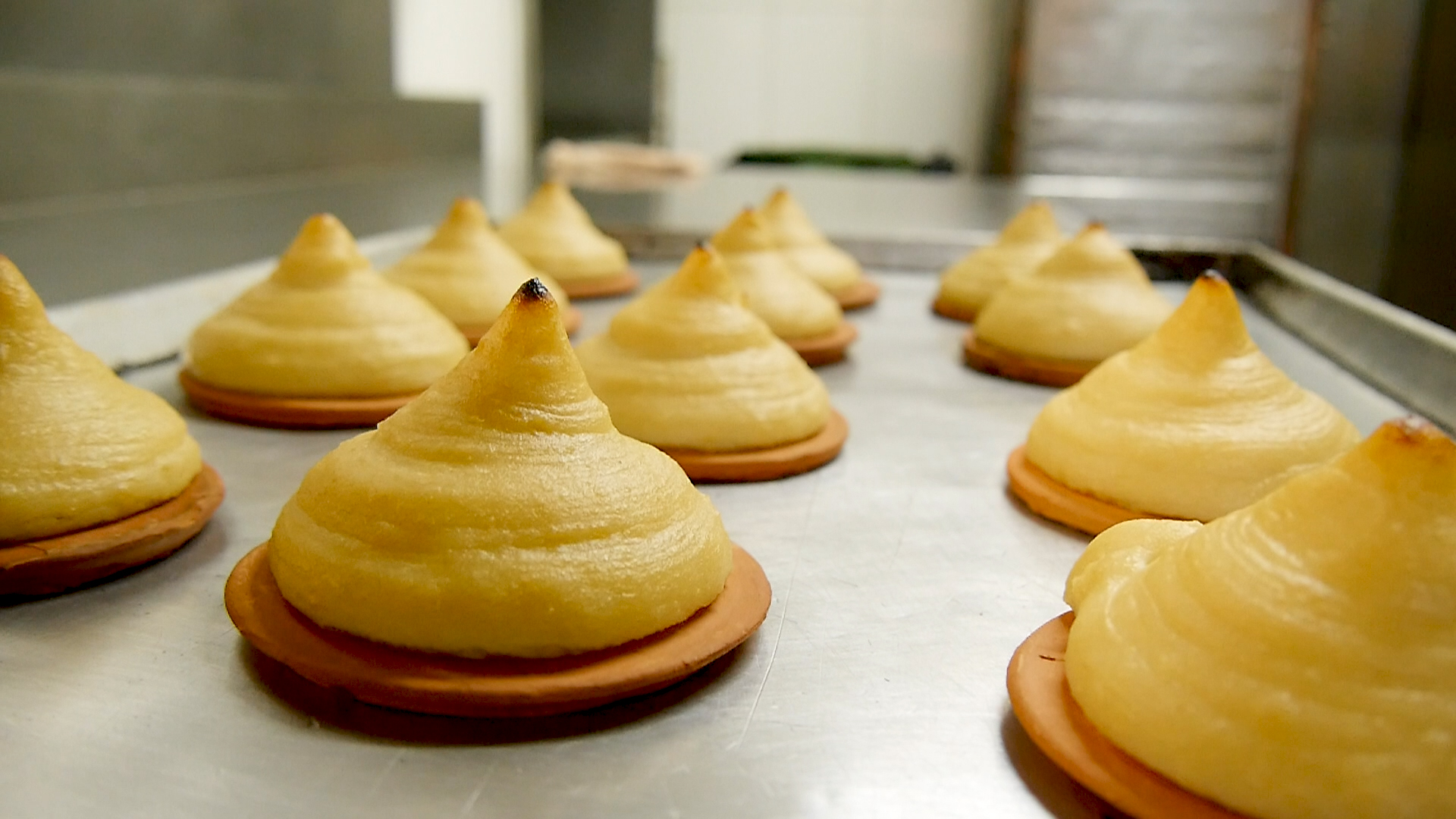Have you ever tasted something so incredibly good, it just becomes your absolute downfall? Something that, quite frankly, you can't resist a single bit? Well, for many, that sweet temptation is manjar branco, a truly delightful treat that holds a special place in the hearts and kitchens of Latin America. It's a dessert that, you know, has a way of just calling your name from the moment you see it.
This creamy, luscious creation, sometimes known by other names, offers a unique taste experience. It's not just a simple sweet; it's a part of traditions, family gatherings, and everyday moments of joy. People often enjoy it, say, with a slice of bread, or perhaps some cheese, and even, very often, with crunchy cookies.
Today, we're going to explore what makes manjar branco so special, where it comes from, and how you can, you know, bring this wonderful sweetness into your own home. It’s a sweet journey, actually, that promises to be quite delicious.
Table of Contents
- What is Manjar Branco, Anyway?
- Manjar Branco vs. Dulce de Leche: Unraveling the Sweet Story
- The Magic Behind the Manjar: Simple Ingredients, Big Flavor
- How to Savor Manjar Branco: A Treat for Any Moment
- Making Manjar Branco at Home: Your Sweet Project
- Frequently Asked Questions About Manjar Branco
What is Manjar Branco, Anyway?
Manjar branco, which literally means "white delicacy" or "white treat," is a beloved dessert, very much a staple in several Latin American countries. It's a creamy, milk-based sweet that, you know, brings comfort and joy to many. In Colombia, for instance, it holds a truly special spot, especially during the Christmas season.
It's often enjoyed alongside another traditional Colombian holiday dish, natilla, making the festive spread quite complete. This sweet, actually, is more than just a dish; it's a piece of cultural heritage, passed down through generations. In the El Valle region of Colombia, it's particularly popular, a true local favorite.
Beyond Colombia, this delightful creation, or something very similar, has a presence in other places too. In Chile, for example, it's also known as manjar or manjar blanco. So, it's clearly a sweet that, you know, has traveled and found homes in many different kitchens across the continent.
It's interesting to note, too, that while the name might change slightly, the essence of this creamy sweet remains constant. People cherish it for its smooth texture and rich, comforting taste. It's a reminder that, in some ways, good food really does bring everyone together.
Manjar Branco vs. Dulce de Leche: Unraveling the Sweet Story
When you talk about manjar branco, the conversation very often turns to dulce de leche. These two sweet treats, you know, are often mentioned in the same breath, and for good reason. Both are milk-based caramels, made by slowly cooking milk and sugar until they transform into something utterly delightful.
The term "dulce de leche" itself, in Spanish, means "sweet of milk," and in Portuguese, it's "doce de leite," meaning the same thing. Other names for this kind of sweet milk caramel, actually, include "arequipe" and simply "leche" in some places. So, you see, there's a whole family of these sweet milk creations.
Now, when it comes to manjar branco, some people might say it's, perhaps, a bit creamier, a little thicker, and richer compared to what they know as dulce de leche. Others might describe dulce de leche as being, you know, lighter and sweeter. But the truth is, recipes for both really vary quite a lot.
It really depends on the brand, the specific region where it's made, and even the family recipe being used. What one family calls manjar branco, another might call dulce de leche, even if they're quite similar. It's almost like, you know, different dialects of the same sweet language.
For instance, the text mentions a "Peruvian dulce de leche" that is also called manjar. This shows how fluid the names can be across borders. It's this Peruvian version that, for some, becomes an "absolute downfall," a sweet that's just impossible to resist. There's no way, apparently, to see a pot of it and not dunk a spoon right in.
So, while there might be subtle differences in texture or sweetness depending on where you are and who made it, the core idea is very much the same: a wonderfully caramelized milk sweet. It's a testament to how, you know, simple ingredients can create such a diverse and beloved array of treats across a whole continent.
The Magic Behind the Manjar: Simple Ingredients, Big Flavor
The beauty of manjar branco, like many truly comforting foods, lies in its simplicity. You know, it's made from just a few basic ingredients that, when brought together with patience and care, create something quite extraordinary. The main components are milk, rice, and sugar.
These ingredients are, you know, heated for a long period of time. This slow cooking process is where the real magic happens. It's not a quick thing; it requires a bit of dedication. As the mixture gently simmers, the milk and sugar caramelize, developing that deep, rich flavor and a lovely, smooth texture.
The rice, too, plays a part in this transformation. It helps to give the manjar branco its characteristic thickness and creaminess. It's that kind of ingredient that, you know, subtly contributes to the overall body of the sweet, making it wonderfully satisfying.
The goal is to cook it until it reaches just the right consistency. This means it's thick enough to hold its shape, but still wonderfully spreadable and soft. It's a delicate balance, actually, getting it just so, but the result is always worth the effort. This slow cooking, in a way, is what makes it so special.
It’s this simple combination, really, that transforms into a sweet that many find truly irresistible. The transformation from liquid milk and grains of rice to a creamy, golden delight is, you know, quite remarkable. It's a testament to the power of traditional cooking methods.
How to Savor Manjar Branco: A Treat for Any Moment
One of the truly wonderful things about manjar branco is its versatility. This milk caramel manjar, you know, can be eaten at almost any time during the day, and in so many different ways. It’s not just a dessert for after dinner; it’s a treat that fits into many parts of your day.
For some, a favorite way to enjoy it is simply with a slice of bread. The soft bread, you know, provides a perfect vehicle for the creamy sweetness. It’s a comforting combination that can be a quick breakfast, a satisfying snack, or even a light supper.
Another popular pairing, believe it or not, is with cheese. The salty notes of the cheese, actually, create a really interesting contrast with the sweet manjar branco. It's a classic combination in many Latin American cultures, a blend of flavors that, you know, just works so well together.
And then there are cookies. Dunking a crisp cookie into a pot of manjar branco is, for many, a moment of pure bliss. The crunch of the cookie against the smooth, sweet cream is, you know, a delightful texture experience. It’s a simple pleasure that really hits the spot.
For some, the ultimate way to enjoy it is with meringue. The light, airy sweetness of meringue, you know, complements the rich manjar branco beautifully. It creates a dessert that feels both decadent and, in a way, wonderfully light at the same time. It's a pairing that truly elevates the experience.
So, whether you're having it for breakfast, as a midday treat, or as a sweet ending to a meal, manjar branco, you know, fits right in. It’s a sweet companion for many moments, and it’s always ready to bring a little extra joy to your day. You can really, you know, enjoy it however you like.
Making Manjar Branco at Home: Your Sweet Project
If you're feeling inspired to try this sweet delight, making homemade manjar or dulce de leche is, you know, a truly rewarding experience. It’s a traditional Latin dessert, as we've discussed, made by caramelizing milk and sugar, and you can absolutely make it from scratch in your own kitchen.
The process, while it takes some time, is not overly complicated. It mostly requires patience and, you know, a bit of stirring. The good news is that there are instructions for both stovetop and oven methods, so you can pick the one that best suits your comfort level and your kitchen setup.
For the stovetop method, you'll typically combine milk and sugar in a heavy pot, then bring it to a gentle simmer. From there, it's a matter of slow cooking, stirring frequently, until the mixture thickens and turns that beautiful caramel color. It's a process that, you know, fills your kitchen with the most wonderful aroma.
The oven method, on the other hand, can be a bit more hands-off, though it still requires some attention. It usually involves baking a can of condensed milk, or a milk and sugar mixture, in a water bath at a low temperature. This method, you know, slowly transforms the contents into a rich, golden manjar.
No matter which method you choose, the result is a creamy, homemade manjar that is, you know, far superior to anything you might buy. It's a sweet project that, in a way, connects you to a long tradition of home cooking.
So, get ready to savor the sweet essence of Peru, or Colombia, or Chile, right there in your home. Discover how to make a delicious manjar (dulce de leche) from scratch. It’s a journey of flavor that, you know, is well worth taking, and you’ll have a truly delightful treat to share, or to keep all to yourself, as a matter of fact.
You can learn more about traditional Latin American desserts on our site, and perhaps link to this page for more sweet recipes.
Frequently Asked Questions About Manjar Branco
People often have questions about manjar branco, especially when comparing it to other similar sweets. Here are a few common inquiries, you know, that come up quite a bit.
What is the difference between manjar branco and dulce de leche?
While often used interchangeably, some say manjar branco tends to be a bit creamier, thicker, and richer. Dulce de leche, on the other hand, might be described as lighter and sweeter. However, honestly, the actual differences often vary by brand, region, and even family recipes. So, it’s not a strict rule, you know, but more of a general observation.
Is manjar blanco the same as natilla?
No, manjar blanco is not the same as natilla, though they are often enjoyed together, especially during Christmas in Colombia. Manjar blanco is a milk caramel, made by caramelizing milk and sugar. Natilla, however, is a custard-like dessert, often made with milk, cornstarch, and spices like cinnamon. They are distinct sweets, you know, with different textures and flavors.
What are the main ingredients in manjar blanco?
The main ingredients in manjar blanco are typically milk, rice, and sugar. These components are, you know, heated for a long period of time. This slow cooking process allows the milk and sugar to caramelize and thicken, while the rice contributes to the creamy consistency. It’s a simple list, but it creates a truly wonderful result.



